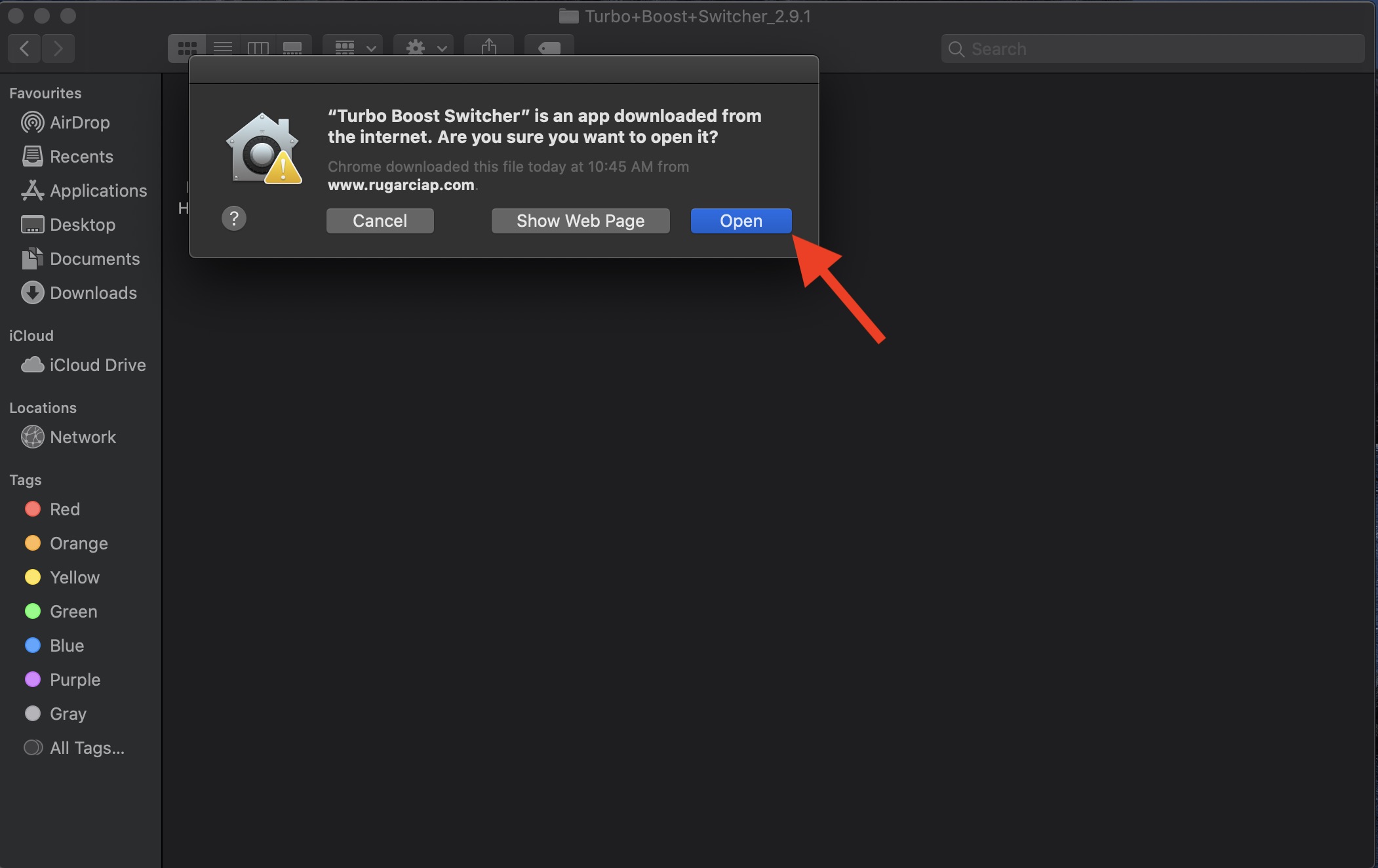

- TURNING OFF DASHBOARD MAC OS X SNOW LEOPARD INSTALL
- TURNING OFF DASHBOARD MAC OS X SNOW LEOPARD UPGRADE
- TURNING OFF DASHBOARD MAC OS X SNOW LEOPARD FREE
- TURNING OFF DASHBOARD MAC OS X SNOW LEOPARD WINDOWS
TURNING OFF DASHBOARD MAC OS X SNOW LEOPARD INSTALL
It took many, many attempts after the install was complete to I get it to migrate her documents. The Migration Assistants on the two machines completely refused to cooperate with each other during the initial setup of the new Mini. Migration AssistantĮarlier this year I helped my mom migrate from a vintage MacMini running Tiger (10.4) to a new one running Snow Leopard. Weirdly, the default scrolling direction on the MacMini was set up out of the box for trackpads, but on the MacBook, it was set up for scroll wheels. I haven’t missed the up/down arrows at all. I got used to the new scroll bars in 30 seconds.
TURNING OFF DASHBOARD MAC OS X SNOW LEOPARD WINDOWS
If you enable “Minimize to Application Icon”, the only way to get at your minimized windows is via the Application Windows mode. The biggest problem for Mission Control is that it doesn’t let you restore or even see minimized windows in All Windows mode, only in Application Windows mode, where they are lumped in with previously opened documents. Textmate’s Find dialog doesn’t (always) show up in Mission Control, which I hope will be fixed sometime before Textmate 2 is released later this year. Sometimes the blue window highlights are way bigger than the window previews. I was a multiple desktop power-user back when I used Xwindows, but I never turned on Spaces on Snow Leopard and still haven’t used them on Lion. Luckily these keystrokes can be turned off in the settings. Mission Control stole Ctrl-Left and Ctrl-right keystrokes to switch desktops, which I use in the terminal all the fricking time. There should be a threshold below which any mouse movement while clicking just ends up as a click (or perhaps there is if so, it’s too low). But if you move your pointer even slightly while clicking on a window to activate it, Mission Control thinks you’re starting to drag it, and ends up doing nothing when you meant to activate a window. You can drag windows into other desktops from the All Windows mode, too.
TURNING OFF DASHBOARD MAC OS X SNOW LEOPARD UPGRADE
(The non-proportional scaling in Snow Leopard’s Exposé is so useless I hack the Dock after every upgrade to bring back Leopard’s scaling.) The Application Windows mode in Lion uses Snow Leopard’s non-proportional scaling, which is generally ok because multiple windows in the same app are usually similarly sized.Īll Windows also groups windows together, which I find helpful, although not critical. If you use any application with small windows (like Stickies), you’ll know how silly Snow Leopard’s Exposé looked when it scaled a 1200×1200 browser window to the same size as a bunch of 100×100 sticky notes and threw them all in a grid. The All Windows mode scales all the windows proportionally, like Exposé did in Leopard. Overall, this is a tremendous improvement. What used to be Dashboard, Spaces, and Exposé have been combined into Mission Control. Switching every day focused my attention on the differences between the two. A week with Snow Leopard and LionĪfter starting a new job a few weeks ago, I found myself in the somewhat unusual position of having a new Mac OS X Lion (10.7) installation at work and a Snow Leopard (10.6) installation at home. This entry was posted in essay and tagged Apple, font, iOS, Mac OS X, OS X, San Francisco, typography on 27th May 2015 by admin.
TURNING OFF DASHBOARD MAC OS X SNOW LEOPARD FREE
Apple, if you’re listening, feel free to incorporate one or the other of these into San Francisco. Update: I hereby release it all into the public domain. However, I still wanted to see a more Futura-like and a more Gill-Sans-like San Francisco, and although the font is only available at the moment to Apple developers, I was able to get a copy, and I’ve made alternate glyphs.Īnd here it is again with a double-decker g:Īnd just for fun, here are SVG versions of my alternate a and alternate g, and an animated version over on tumblr. Futura is the only one of my favorite fonts with a single-story a, and while Gill Sans, Trebuchet, Times, Palatino, Optima and American Typewriter all have both double-story as and double-decker gs (left side), Helvetica, Arial, Courier, Verdana, and Lucida Grande (right side) all have mixed double-story as with simple humanist gs. Turns out the font world disagrees with my intuition.

It’s always seemed right to me for a font to have either both, or neither, of these special letters. But it features a double-story a without a double-decker, looptail, or eyeglass g. Apple’s new San Francisco font is going to be a vast improvement on Helvetica as a system font in iOS 9 and OS X 10.11.


 0 kommentar(er)
0 kommentar(er)
